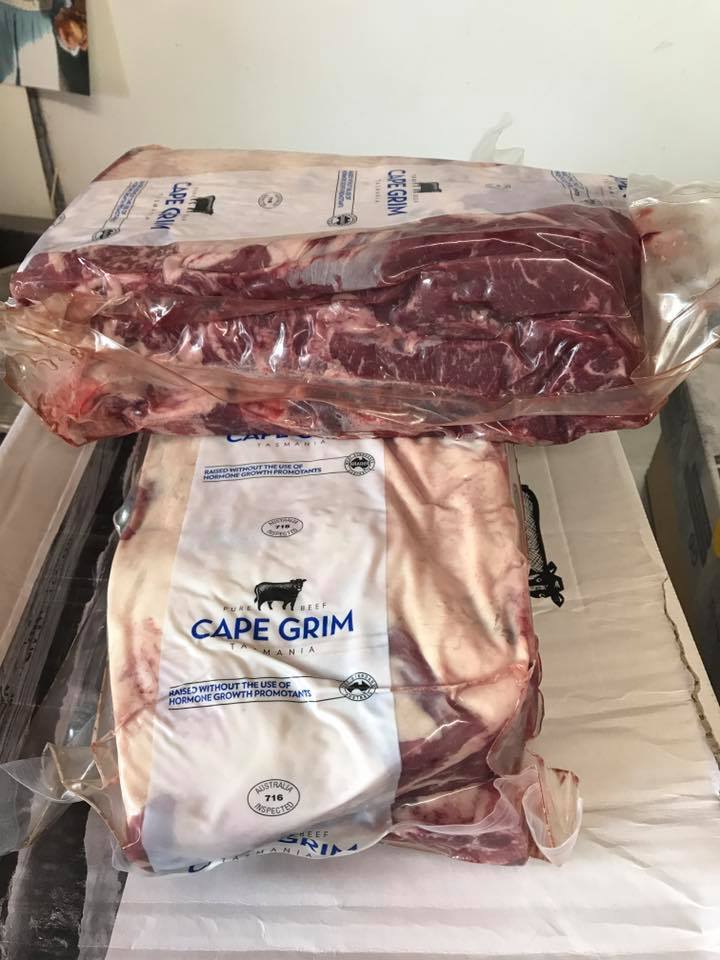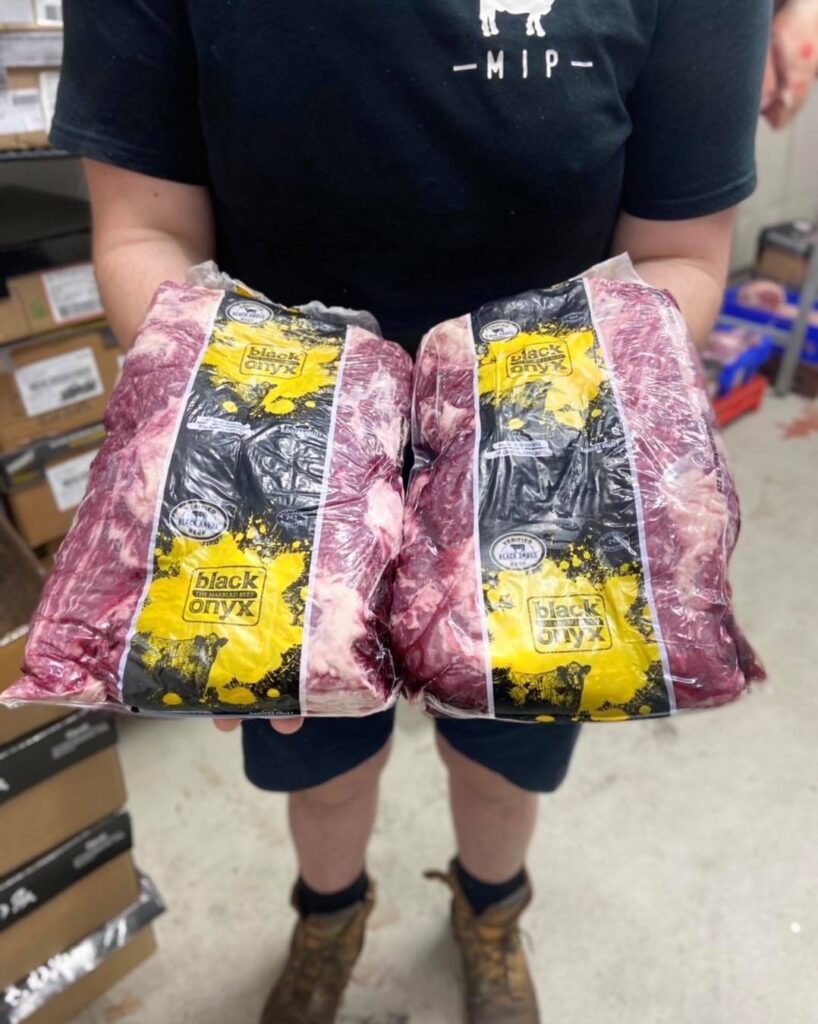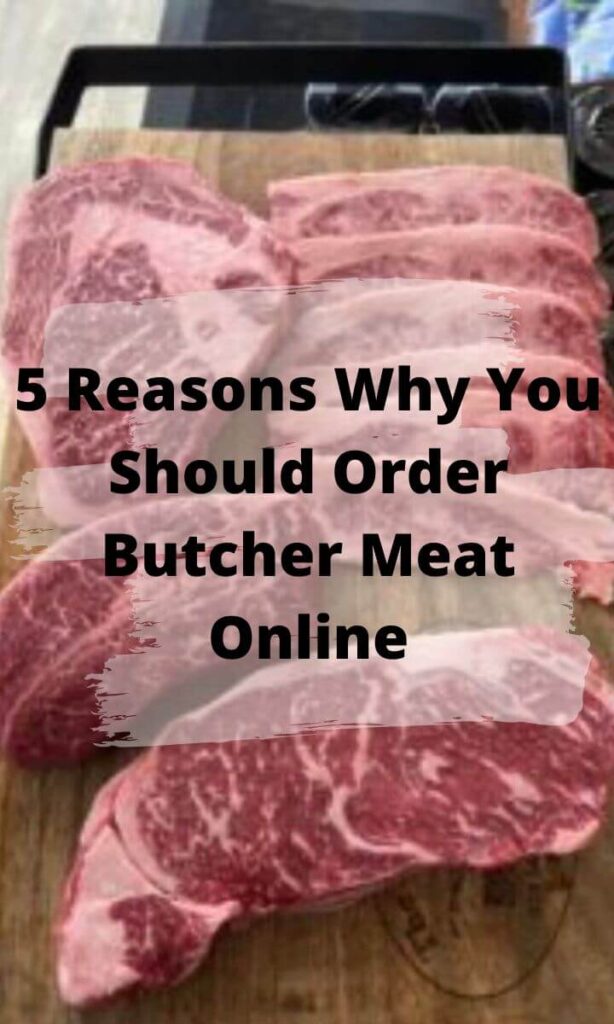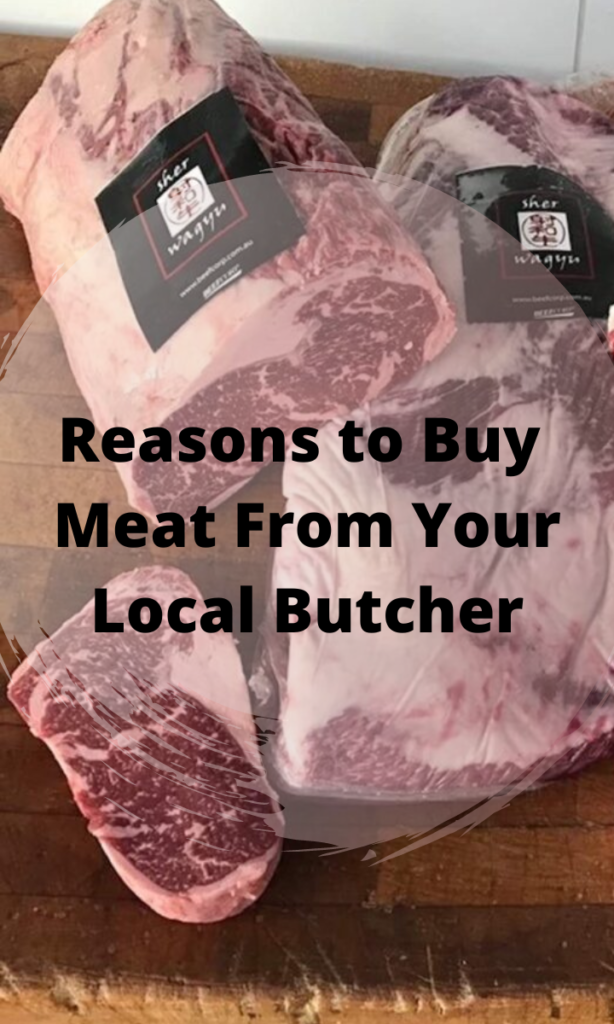A Complete Guide to Meat Packaging

Buying your groceries does not end at the counter. You need to think about storage and packaging to retain its freshness and quality for a more extended time. The repercussions of improper food storage are serious. At worst, one or more of you could get sick with a bacterial illness or food poisoning. You’re throwing away delicious ingredients and spending too much money at the supermarket when food goes to waste. Here are some tips and info about meat packaging from one of Melbourne’s best butchers.
What does Meat Packaging mean?
When we talk about “packing,” we’re referring to the technical intervention to keep food safe from spoilage due to several external variables. Food packaging is an ever-changing technological challenge and one of the most intriguing components of today’s food manufacturing. Meat and meat products need to be packaged well so they don’t lose their quality during storage and may be sold in their freshest state.
What is the origin of Meat Packaging?
As far back as recorded history goes, people have been working to keep food from spoiling by eliminating any variables (like spoilage) that may compromise its taste or safety. According to the theory of the time, an empirical “primitive vacuum” was introduced around 6000 BC, removing air first from holes and then later from containers. Other research from the early 1990s showed how a rise in Co2 levels might lengthen food storage. These discoveries led to the development of a method for modernising food preservation by changing the ratios of air elements.
Because they physically packed portions of beef and pig into brine-filled barrels, the term “meatpacker” was first used by early butchers. In those days, meatpacking was mostly a seasonal business because there was no mechanical refrigeration to help prevent the meat from deteriorating. Meat is one of the most perishable items sold in stores, and several things can shorten or lengthen its shelf life, including bacterial growth, enzyme activity, and oxidation processes. The surroundings, particularly at the point of sale, and the type of packaging impact some variables. The meat business is very interested in processing techniques that offer a long shelf life and packaging techniques that are protective.
What are the types of protective wraps for meat?
The meat packaging business is a sizable and complicated market of several market-specific sectors. Having the capacity to provide a fresh product to clients is one of the main considerations for any business that packages meat. Depending on the sort of meat that is packaged, there are several ways to provide clients with a fresh product. Specific functional attributes of materials used for meat packaging include low moisture/vapour transfer rates, heat shrinkability, stretch, pliability, strength, and the capacity to maintain their protective properties across a broad temperature and environmental range.
- Plastic Film
- Freezer Paper
- Foil
What are the types of packaging materials for meat packaging?
1. Flexible Packaging
Flexible packaging materials include several kinds, such as cellophane, plastic films, Polyethylene, Polypropylene (PP), Polyamide, Polyester film, Polyvinyl Chloride, and Aluminum foil. About two-thirds of the fresh meat sold is wrapped in plastic before being placed on the shelves. A transparent, breathable plastic film covers an absorbent pad and a foam tray that keeps the meat in store wrap. The meat can be exposed to oxygen from the air thanks to the film’s permeability properties. This kind of packaging was created using tools that were inexpensive and efficient. However, due to the meat’s ongoing exposure to oxygen, it has the shortest case life.
2. Semi-rigid Packaging
To maximise efficiency, semi-rigid packaging takes the best features of both rigid and flexible materials. Due to its construction using hard plastic and other similar materials, rigid packaging offers exceptional strength. Some rigid packaging also gives the sense that it is luxurious. Since soft plastic is not employed in its production, it has no impact on the flavour of food. It is constructed of recyclable materials like glass and strong plastic. Aluminium is one of the most flexible materials utilised in this industry due to its qualities, including barrier effect, impermeability, and mechanical solid characteristics.
3. Rigid Packaging
In this type of meat packaging, the meat is contained in a stiff plastic tray with an absorbent pad inside, all of which is sealed with a transparent, high-barrier plastic film. A machine will vacuum the remaining air in the tray, and the tray will then be flushed with a changed atmosphere just before being wrapped in transparent film. Purified gases in the air are often present in modified atmospheres (oxygen, carbon dioxide, nitrogen, or carbon monoxide). Every additional gas has a particular function in the modified environment packaging process.
4. Vacuum Packaging
Vacuum packing is a technique for preserving food by avoiding oxygen contact, which is necessary for pathogenic and food-spoilage bacteria to exist and reproduce. Food packaging loses air during vacuum packing, ensuring no air surrounding the food. It is used to preserve a wide range of foods; however, it is best suited for meals like smoked fish, sliced beef, and chicken. Meats can be vacuum sealed to extend their refrigerator life, but as anaerobic bacteria can develop at temperatures above 3°F, all vacuum-sealed meats should be cooked within 10 days.
What are the benefits of meat packaging?
Supply chains often include storing, transporting, preparing, and distributing meat. Specific preservation methods must be used to protect meat throughout this prolonged period. The shelf life of meat and meat products is less effectively extended by simple packing without additional treatments. Food has historically been packed for long-term storage, protection, and preservation. These are the three fundamental roles that food packaging must still play to maintain food quality and safety. Fresh meat is packaged to prevent contamination, postpone decomposition, allow for some enzymatic activity to promote softness, stop weight loss, and, if necessary, guarantee an oxymyoglobin or cherry-red colour in red meats at the retail or butcher delivery Melbourne.
How to Safely Store Your Meat at Home
Meat should be kept in the refrigerator’s coldest section. Perishability rises when storage temperatures reach 40°F. Bacteria start to multiply quickly at approximately 50°F. The growth of rotting organisms is encouraged when meat is in transit from the point of purchase or is allowed to defrost at room temperature.
Some tips for meat storage:
- Vacuum pack smaller portions
- Use plastic wrap and freeze meat
- Never mix cooked and raw meat together
- Use glass or plastic containers and separate them according to variety, and cut
- Defrost the meat 10 to 12 hours before you cook it

According to Australia’s Food Safety Information Council,
1. At least one vulnerable individual, such as a pregnant woman, an elderly person, or someone with a weakened immune system, resides in one-third of all homes in Australia.
2. In Australia, 70% of people are unaware of the proper cooking temperature for items like chicken and egg dishes that might be contaminated with Salmonella and Campylobacter.
3. 36% of Australians who consume meals with raw eggs do so at their own risk; 10% do so at least once per month.
Meat Packaging FAQ
William Pynchon, an English colonist and fur merchant, founded Springfield, Massachusetts. When he started putting huge amounts of salted pork into barrels for sale to the West Indies in 1662, he became the first meatpacker in the New World.
At the butcher counter, the required amount of meat was chosen and wrapped in paper for the journey home. Cheese was sold in a same manner and was typically wrapped in paper or fabric. Food storage on the go. Lunch was often brought to work or school in a lunchbox, metal pail, or cloth or leather bag.
The type of paper used by Melbourne butchers is called the ‘ Butcher Paper.’ Butcher paper is a specialised type of paper used to wrap fresh meat and fish to prevent taste taint and airborne pollutants.
There are several options you can choose from if you don’t have Butcher’s paper at home.
- Wax paper
- Aluminium foil
- Parchment paper
- Kitchen towels
Since parchment paper can be used for practically all food kinds and has a better heat resistance, the answer is often yes. You may use it in place of butcher paper and vice versa.


